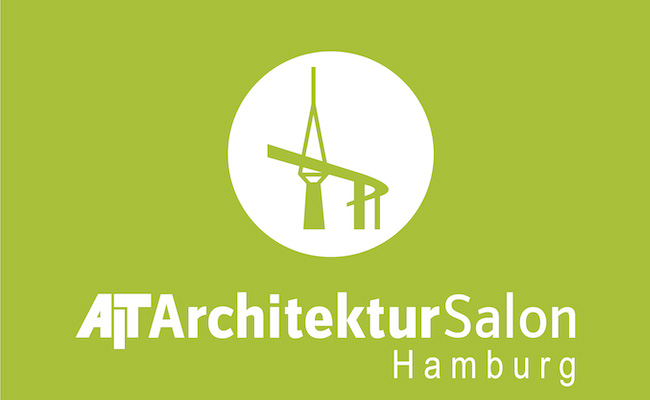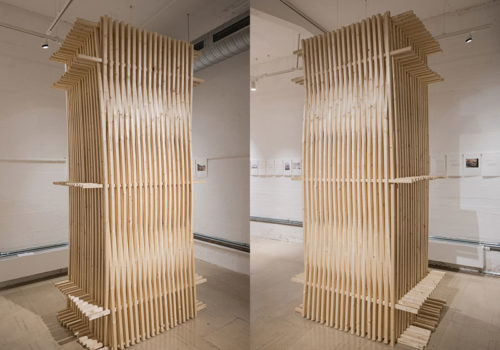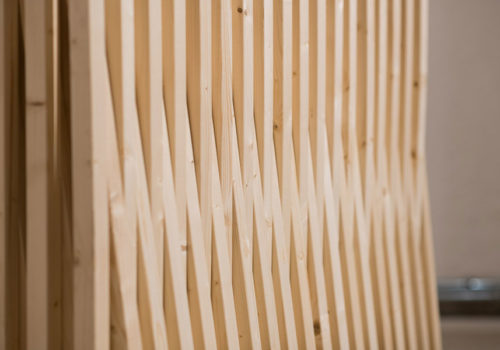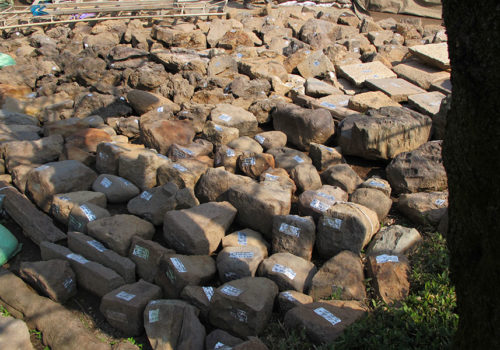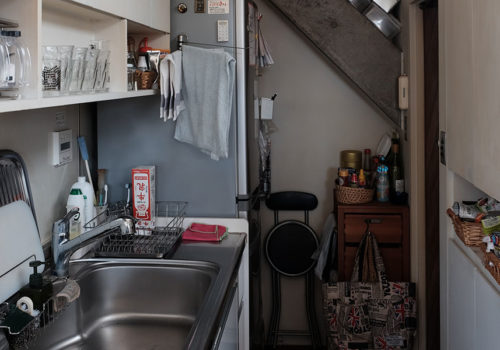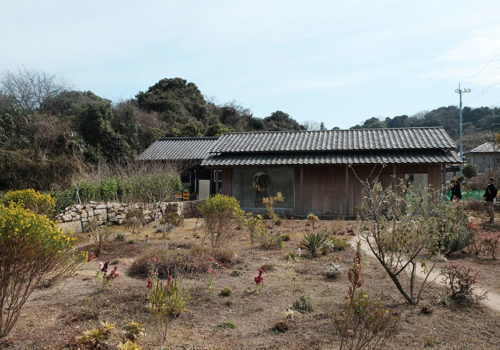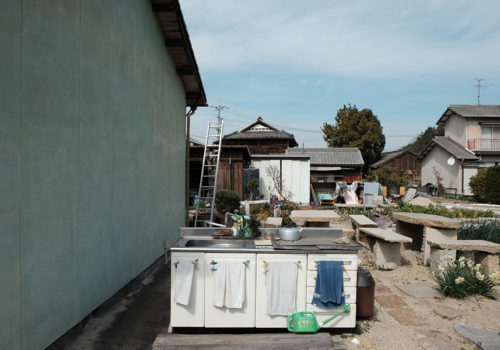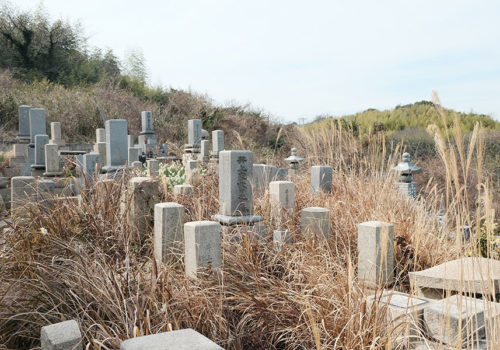Ein hölzener Monolith von UNULAUNU
- © Schelke Fotografie
- Q1 © UNOLAUNU
- Q2 © UNOLAUNU
- Q3 © UNOLAUNU
- Q4 © UNOLAUNU
- Q5 © UNOLAUNU
Die Rauminstallation des jungen rumänisch-schweizerischen Büros UNULAUNU in der Ausstellung “Dialoge Japan : Europa” ist ein aus Holzstäben geflochtener Monolith. Das Ausgangsmaterial, die Holzstäbe, wurden auf eine zugleich poetische als auch pragmatische Art und Weise zu einer architektonischen Rauminstallation in Form eines geflochtenen Monoliths zusammengefügt.
Die nicht sehr raumgreifende, aber dafür hoch gewachsene Installation stellt die japanische Holzbaukunst als Referenz in den Fokus. Kunstvoll ist eine Vielzahl von Holzstäben ineinander verwoben. Die Machart entzieht sich dem Betrachter jedoch auch bei näherem Hinsehen, da die Stäbe von oben eingeführt werden.
Darüber hinaus vermittelt die Installation einen starken Nachhaltigkeitsgedanken: In dieser Form ist das Exponat nur temporär zu sehen und kann nach der Ausstellung in das Ausgangsmaterial, die einzelnen Stäbe, zurückgeführt werden.
Lesen Sie, was die fünf Gründer von UNULAUNU auf unsere Fragen zu ihrer Installation, ihren architektonischen Inspirationen und über unterschiedliche Kulturen geantwortet haben:
Q1: What is the idea underlying the design and how does it articulate itself in the design?
The installation is meant to preserve the wood that was offered and extend its life as a construction material. It is a temporary stack of wood. It is supposed to be kept throughout this exhibition until it finds its place in a permanent context. Throughout its flexibility and tension it is supposed to show its raw potential and beauty.
Q2: Is there a special experience that marks a key moment in your involvement with Japanese building culture?
Besides the strong exposure at Japanese architecture during our formation, each of us had some sort of personal experience with Japanese life and culture. We wouldn’t consider ourselves particularly involved with Japanese Building culture but it is without a doubt one of the strongest influence in any architect’s creative toolbar.
Q3: Which architect and building of Japanese culture (contemporary and historical) is most influential for you?
We believe there are too many influential examples to just name one or a few. Nevertheless, what influenced us, is maybe its conscious attitude in distancing itself from conventionally functional topics as starting point for architecture but operating on a rather sublime level of abstractness.
Q4: Is there a vernacular architecture of this culture (contemporary and historical) that inspires you?
Everything inspires us.
Q5: Are there essential differences and commonalities between the two building cultures?
It is known that the Japanese culture has a certain care for the place of the human in nature. Interestingly enough this relation is not a submissive one but more like a codependency. Most often nature has the main part in the architectural thinking whereas our culture sees nature more as a resource than a partner. It seems like this leads to more brave approaches and less commercial compromises.
UNULAUNU, RO-Bukarest
UNULAUNU („one to one”, en) wurde 2010 von Romina Grillo, Ciprian Rasoiu, Liviu Vasiu, Matei Vlasceanu und Tudor Vlasceanu in Bukarest gegründet, nachdem sie den Wettbewerb für den rumänischen Nationalpavillon auf der Biennale di Architettura von Venedig gewonnen hatten.
UNULAUNU (one to one ,-en) is an architectural office in Bukarest and was founded by Romina Grillo, Ciprian Rasoiu, Liviu Vasiu, Matei Vlasceanu and Tudor Vlasceanu in 2010. Their first project was the competition and building of the national pavilion of Romania at the Biennale di Architettura of Venice 2010, which was also the start of UNULAUNO.
Weitere Informationen zur Gruppenschau sowie eine virtuelle Führung durch die Ausstellung finden Sie hier.
Kuratiert wurde die Ausstellung “Dialoge Japan : Europa” von Kristina Bacht und Çi?dem Arsu-Minuth (AIT-ArchitekturSalon) in Zusammenarbeit mit Nils Rostek (Kollektiv A).






